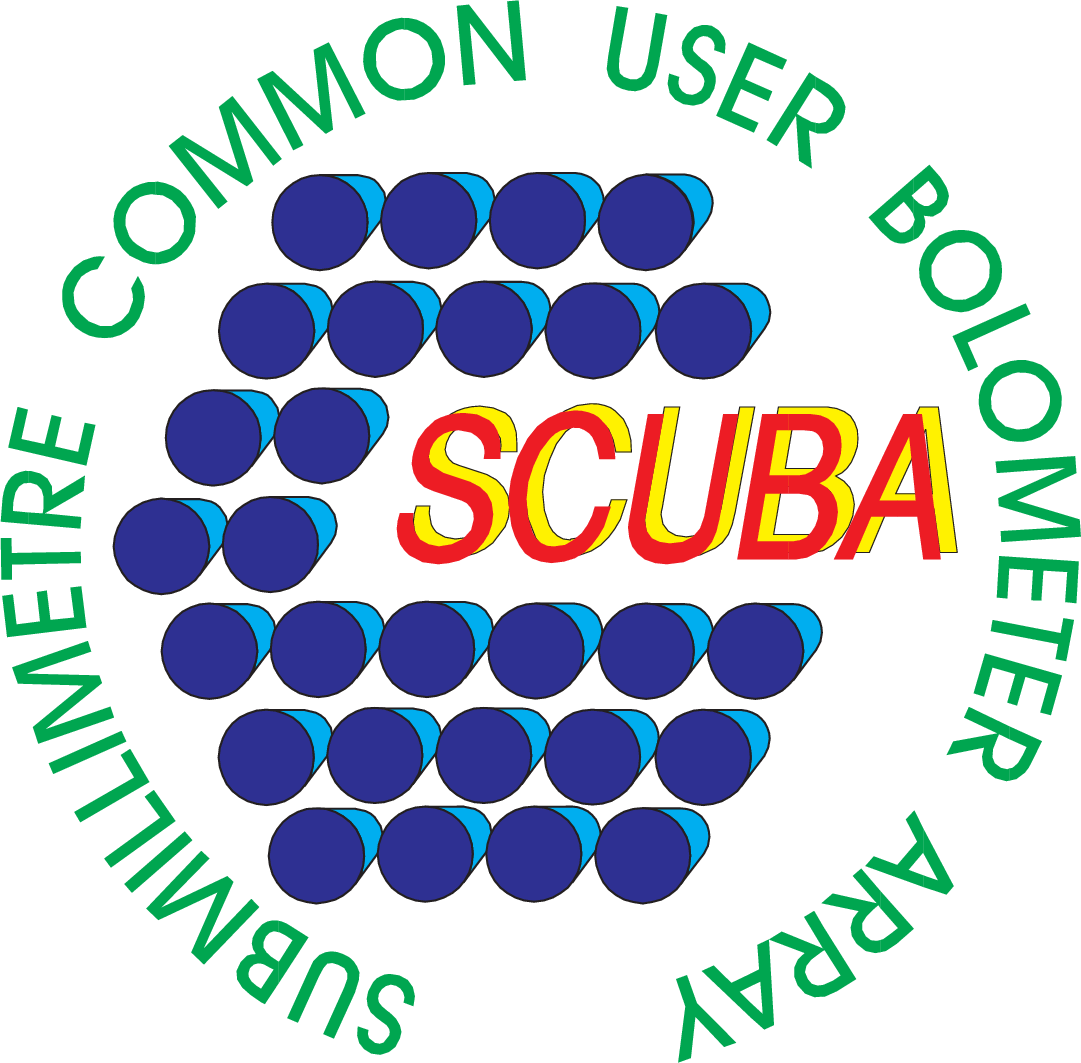integration An integration means different things for different observations.
For one of the mapping modes it means the data from one fully-sampled coverage of the
map area. In a JIGGLE/MAP, where full sampling is achieved by jiggling the secondary
mirror, an integration is generally the results from one pass through the complete jiggle
pattern. An integration is made up of one or more exposures.
Similarly, an integration for a SCAN/MAP observation is made up of data from the raster
scans that cover the map area once.
For PHOTOM observations an integration is usually the average of a 9 point mini-jiggle.
For a SKYDIP observation, an integration is the data from a single revolution of the sector
chopper in front of the cryostat window.
